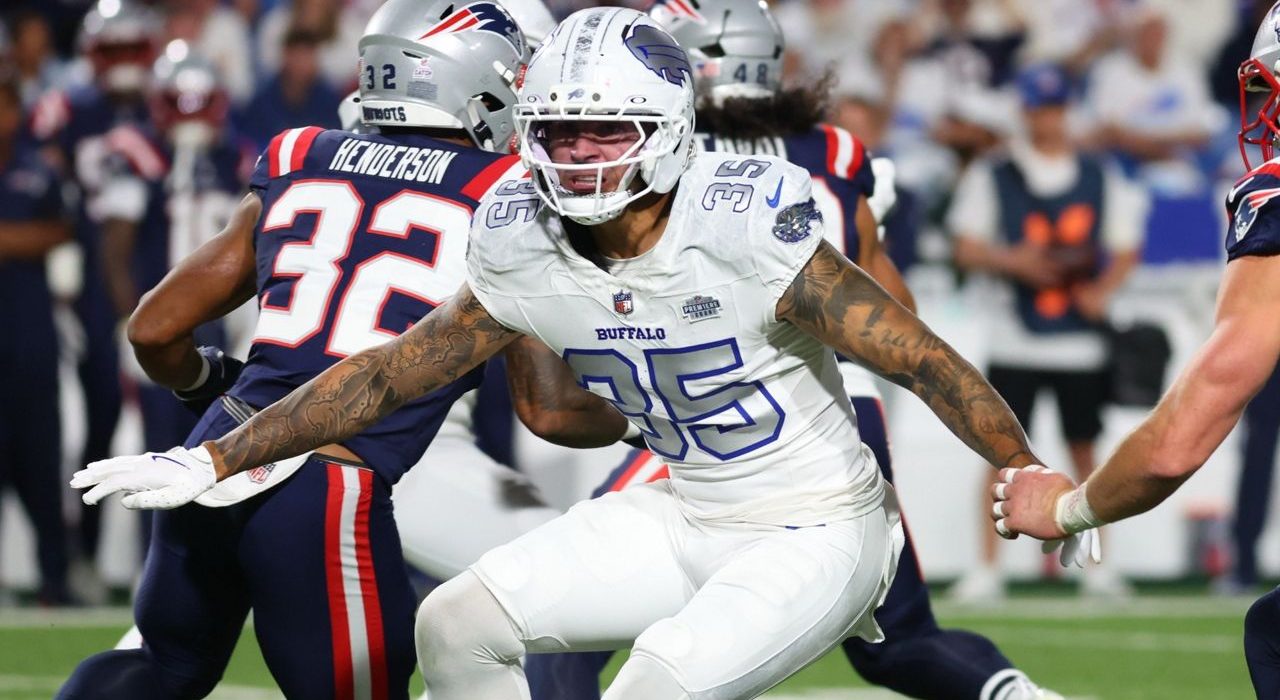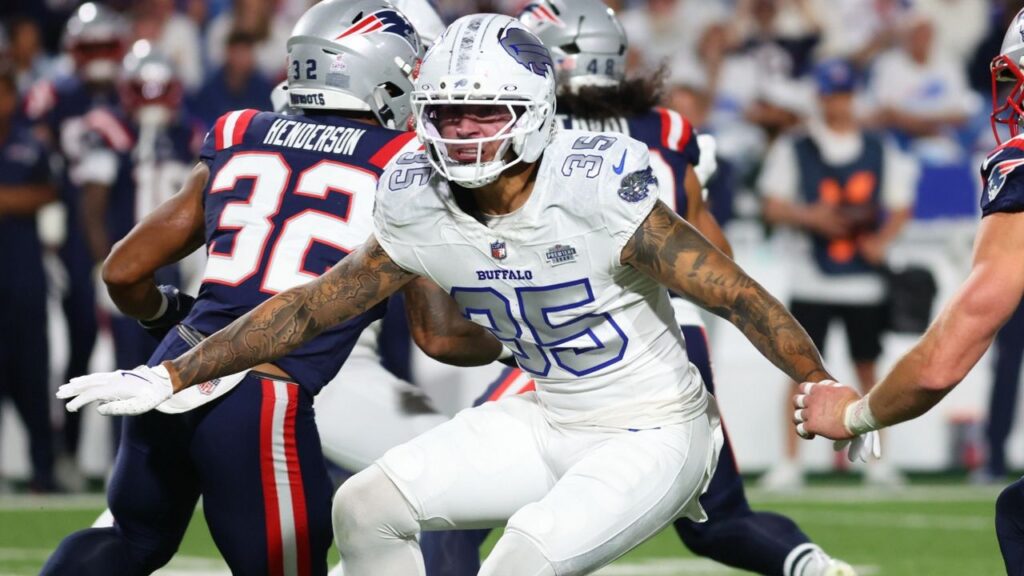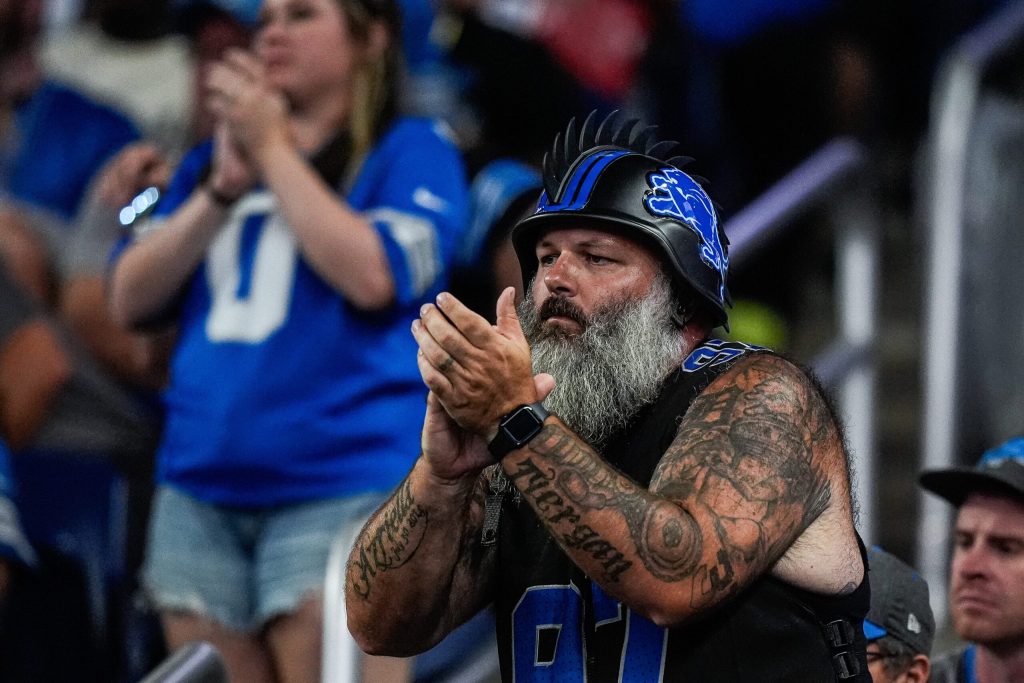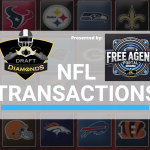How NFL Hopefuls Can Afford the Journey to the Draft


For most college athletes, the NFL dream begins long before the draft lights hit their faces. Behind every sprint, flight, and doctor’s note, there’s a bill that needs to be covered. Reaching the Combine often costs more than a car, and the tab arrives months before a paycheck does. Between tuition, travel, and relentless training, every hopeful must balance ambition with finances. Let’s explore practical strategies and ways to finance the journey to the Draft for young athletes.
The journey to the draft can set your savings to zero faster than a forty-yard dash. Preparing for the NFL Combine alone can reach $15,000 to $50,000 once you add housing, food, and professional coaching. Some prospects pay $3,000 for position-specific trainers, others spend $2,000 on nutritionists, and a few thousand more on medical clearance and agent fees. Even small things like upgrading cleats, traveling to out-of-state workouts, or paying for physical therapy add up quickly.
Unlike scholarship-supported college programs, pre-draft training rarely offers institutional funding. Athletes relocate to performance centers in Arizona or Florida, renting apartments with teammates while chasing better facilities and exposure. Every choice, from where they live to which trainer they hire, becomes a financial equation.
For those without early sponsorship deals or family support, the numbers sting. A few missed payments can mean skipping a crucial showcase. Yet, skipping isn’t an option when scouts and contracts are at stake. As one former linebacker said after going undrafted: “You either pay to prove you belong, or you watch from home.”
Common Ways Players Fund Their Preparation
Let’s find out how hundreds of young athletes afford that climb each spring.
Scholarships and savings
College athletes with remaining scholarship stipends sometimes redirect that money toward training expenses once the season ends. It’s rarely enough, but it helps them cover the first few weeks of preparation.
Local businesses and hometown mentors occasionally invest in an athlete’s potential, covering travel or equipment costs that arise. These small-scale sponsorships often fill gaps that big brands overlook.
NIL deals
The recent Name, Image, and Likeness reform opened doors for student-athletes to earn legally. For top prospects, a single social-media post can fund months of training. For most others, NIL income is modest but steady. Even a few hundred dollars from local gyms or apparel shops can help.
Part-time work and crowdfunding
Some athletes coach youth teams, deliver food, or launch online fundraisers to stay afloat between workouts. It can be quite exhausting, but it’s still better than quitting early due to the lack of financing.
Resources Helping Players Bridge the Gap
Draft hopefuls often underestimate travel costs or medical insurance gaps. Even the most disciplined athletes run into moments when numbers stop adding up. A sprained ankle, a flight to a last-minute workout, or an unexpected medical exam can ruin even the tightest plan.
Scholarships rarely cover those gaps, and NIL payments can take weeks to arrive. That’s why many training facilities now cooperate with flexible financial assistance services. Athletes may turn to Buy Now, Pay Later (BNPL) programs or short-term installment plans that let players spread their tuition over several months instead of paying upfront.
A few performance centers also partner with local financial advisors who guide athletes through temporary funding options. These specialists teach them to read loan terms, compare APRs, and understand how repayment fits into their limited off-season income. Some players even form small collectives, pooling sponsorship funds to share travel or nutrition costs. Financial counselors who work with collegiate programs emphasize one thing: short-term funding should act as a safety net, not a lifestyle.
Smart Budgeting and Financial Planning for Athletes
Receiving a sponsorship check is not a reason to relax. Players who treat pre-draft months as a crash course in money management enter the league with an advantage. Budgeting, in this context, is about stability and peace of mind.
Start by mapping their actual costs for each training phase. Housing and transport usually take the biggest portion, followed by nutrition, equipment, and physical therapy. Breaking those numbers down by week helps identify waste. Watch for the expense categories you can cut, such as duplicate subscriptions, premium meal plans, or gym extras you barely use. Then, set a weekly spending cap and stick to it.
Coaches often recommend creating a “training contingency fund” equal to at least one month of expenses. It covers sudden travel, agent fees, or a replacement session if an injury delays workouts. Players who rely solely on last-minute borrowing often find themselves juggling debt right when they need focus most.
Financial literacy programs run by alumni foundations are another underrated resource. They teach upcoming athletes about tax withholding, contract bonuses, and debt management before the first signing day. Learning these basics early prevents mistakes that have cost some former rookies their savings before their second season. Here are a few practical habits of financially steady prospects you can adopt:
- Track cash flow weekly. It’s easier to adjust small habits than repair a crisis.
- Negotiate with trainers. Many agree to reduced fees or deferred payments for clients showing commitment.
- Use tools wisely. Budgeting apps or simple Excel sheets give structure when every day revolves around workouts.
- Avoid long-term commitments. Renting, not buying, temporary housing and gear keeps flexibility high and costs low.
Support Systems That Keep Hope Alive
While money can cover travel, meals, and rent, it doesn’t buy resilience. Every year, players who can’t afford elite training still find ways to stay competitive, thanks to the invisible network around them. Family, teammates, and mentors provide emotional support and motivation.
Athletes often face constant pressure behind the workouts. Many of them rely on former college coaches or strength trainers for free advice, shared gym space, or emotional support. Alumni groups and community foundations sometimes step in, covering housing or medical insurance during the draft grind. These gestures often keep dreams alive.
Mental health specialists who work with college programs note that financial stress directly impacts athletic performance. Sleepless nights over overdue bills or delayed sponsorships show up in slower reaction times and higher injury risks. That’s why psychological support now joins physical conditioning on many draft-prep agendas.
Why Financial Literacy Matters
Getting drafted often multiplies financial problems. Overnight, a player can go from borrowing gas money to managing a six-figure signing bonus. Without guidance, that transition becomes a trap. Studies by the National Bureau of Economic Research found that roughly 16% of NFL players declare bankruptcy within 12 years of retirement. This often happens because their financial education stopped at “spend less than you make.”
Learning to read contracts, calculate taxes, and question “too good to be true” deals is just as important as mastering playbooks. Rookie symposiums now invite financial advisors to explain budgeting, debt management, and investment basics. Still, the best preparation starts before the first paycheck lands.
Athletes who have already dealt with budgeting constraints during draft prep enter the league more grounded. They know the cost of every protein shake and plane ticket; that awareness translates into smarter decisions when agents or brands start calling. Some continue working with the same financial coaches who guided them pre-draft, building long-term plans that include retirement savings and post-career education.
Real stability in sports typically grows from habits built before the contract. Those who understand this avoid the burnout that has sidelined many talented rookies after one season.
The Bottom Line
The journey to the NFL is measured in yards, but success is measured in years. Every invoice, every training session, and every small act of discipline shapes that timeline. The players who last longest are not only physically gifted but financially aware, mentally balanced, and willing to treat preparation as an investment. Money may open doors, but planning keeps them open. For anyone chasing the NFL dream, understanding both the physical and the financial side of the game is crucial.

NFL Draft Diamonds was created to assist the underdogs playing the sport. We call them diamonds in the rough. My name is Damond Talbot, I have worked extremely hard to help hundreds of small school players over the past several years, and will continue my mission. We have several contributors on this site, and if they contribute their name and contact will be in the piece above. You can email me at nfldraftdiamonds@gmail.com









